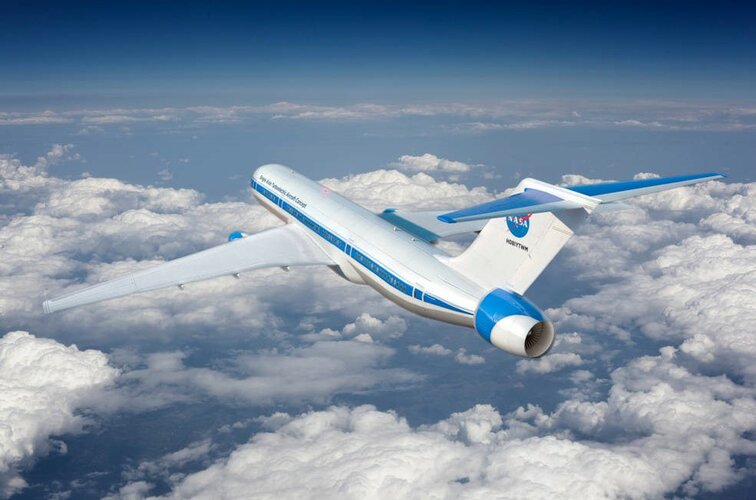- Joined
- 29 November 2010
- Messages
- 1,774
- Reaction score
- 3,479
There's been a lot of claims about the function/need of how many engines are needed in an aircraft
much of it on single engined vs twin-engined.
some of the common statements are
twin-engined is preferable for maritime aircraft, thats why the US Navy went for it
single engined is more fuel efficient
twin-engined provides much more power and carry for a little more weight
twin-engined is safer to fly, etc
I am wondering how true these statements are, or how relevant it is during different eras.
For example I've also heard the claim that twin-engined were preferred due to higher failure rates in the past, but that much of it has reduced allowing for single engined aircraft
as well as statements such as.. the only reason why some designers went for twin-engined was simply because there wasnt a single engine powerful enough for that aircraft on its own.
For slower larger aircraft,
there's been a trend in seeing 4 engined aircraft being reduced to two larger engines..
and I think even a proposal to turn a large 747 to a three engined design..
yet there are some exceptions like the Japanese P-1 which is 737 sized but went with 4.
what are your thoughts
much of it on single engined vs twin-engined.
some of the common statements are
twin-engined is preferable for maritime aircraft, thats why the US Navy went for it
single engined is more fuel efficient
twin-engined provides much more power and carry for a little more weight
twin-engined is safer to fly, etc
I am wondering how true these statements are, or how relevant it is during different eras.
For example I've also heard the claim that twin-engined were preferred due to higher failure rates in the past, but that much of it has reduced allowing for single engined aircraft
as well as statements such as.. the only reason why some designers went for twin-engined was simply because there wasnt a single engine powerful enough for that aircraft on its own.
For slower larger aircraft,
there's been a trend in seeing 4 engined aircraft being reduced to two larger engines..
and I think even a proposal to turn a large 747 to a three engined design..
yet there are some exceptions like the Japanese P-1 which is 737 sized but went with 4.
what are your thoughts

